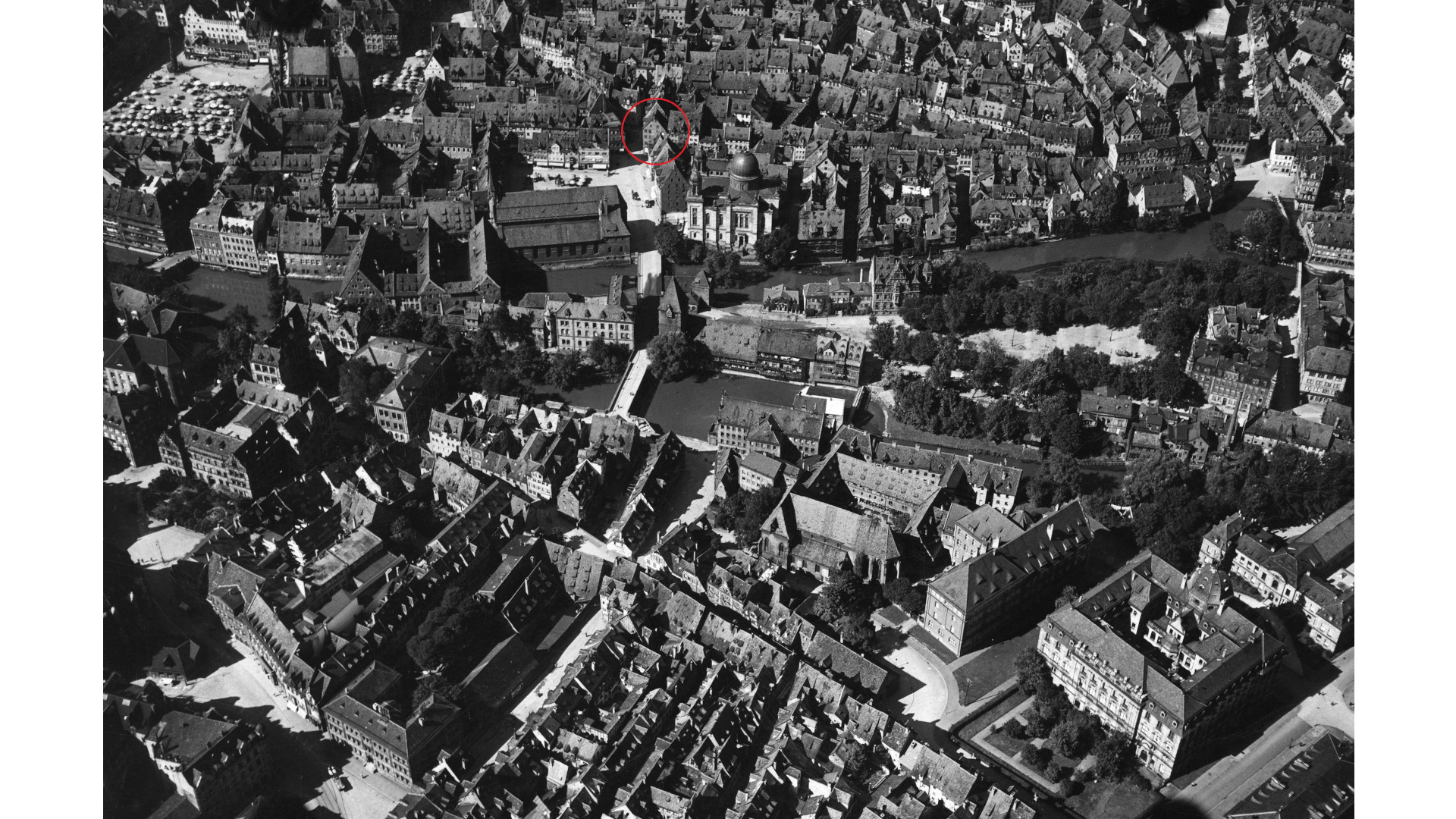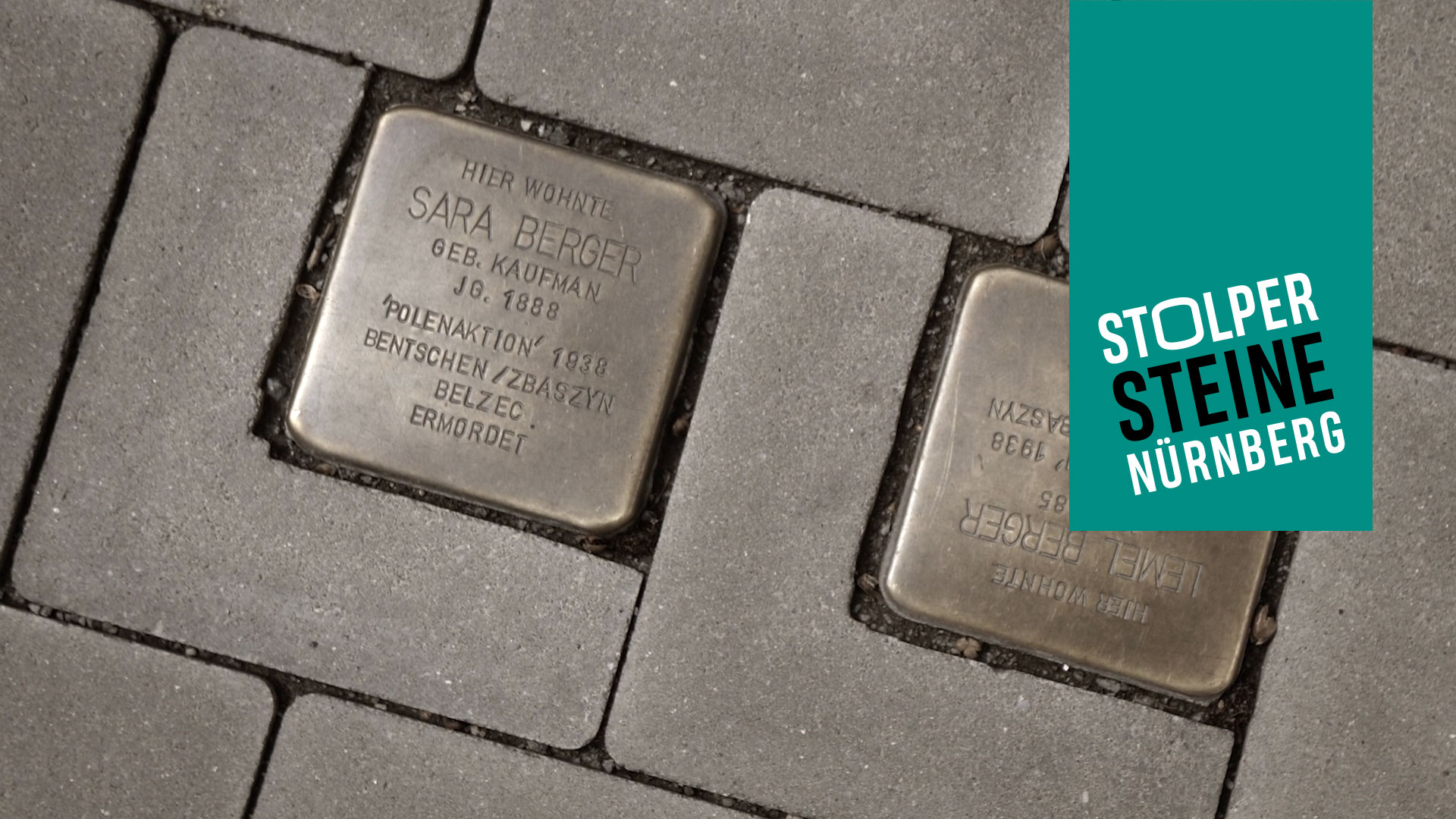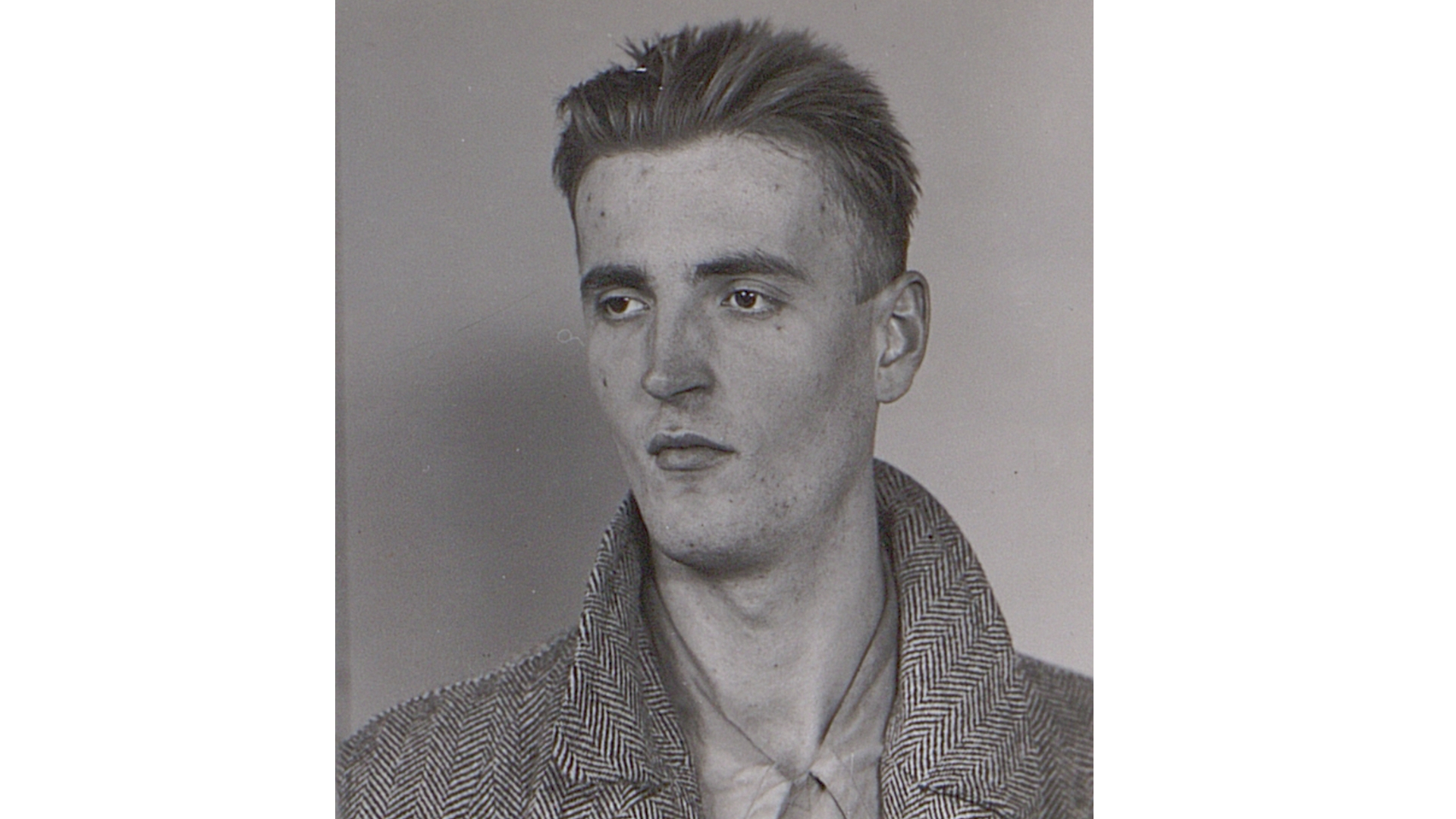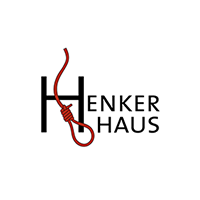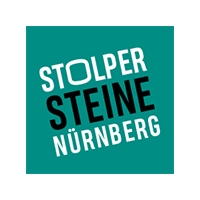| Location of stone: Heugässchen 2 | District: St. Sebald |
| Sponsor: Menachem Sella | Laying of stone: 18 September 2015 |
Biographies
On 18 September 2015 descendants of Lemel and Sara Berger had stumbling stones laid for them. Originally from Poland, the couple moved to Nuremberg, where their children were born. The children were able to emigrate, but Lemel and Sara were victims of the Holocaust.
Leopold [called Lemel] Berger was born on 12 December 1885 in Sokolow, Sara Kaufmann on 18 April 1888, in neighbouring Nienadówka. Both these small towns are located about 200 kilometres east of Krakow, near to the present-day border with Ukraine. At that time, the region was called West Galicia.
At the end of the 19th century, pogroms in Russia and neighbouring countries caused many Jews to leave Eastern Europe and look for better living conditions elsewhere. As a consequence, about a thousand “Eastern European Jews” (Ostjuden), including the Bergers, came to Nuremberg over the course of several decades. The term “Eastern European Jew” was used initially to refer to the regional and cultural origins of this group of people. However, it was soon being used in a discriminatory fashion, to imply backwardness.
In Nuremberg Lemel and Sara built up a leather goods business and lived in the house at Heugässchen 2, on the corner with Neue Gasse. The building does not exist anymore: the district was largely destroyed in the air raids during the Second World War and the rebuilding programme did not follow exactly the previous development.
The Bergers had four children: Giza (born 1911), Elsa (born 1913), Zalo (born 1915) and Sami (born 1917). Between 1933 and 1936 the children were able to emigrate to Palestine. Their parents probably did not want to emigrate again to a foreign country and leave everything behind that they had built up in Nuremberg.
On 28 October 1938 the Reich Government carried out the so called “Polish Action” (“Polenaktion”). About 17,000 Polish Jews in the territory of the German Reich were arrested and deported over the border to Poland. For those expelled, these violent mass-deportations were totally unexpected. The context for the action was provided by a decree from the Polish government, which ruled that the passports of Polish Jews were no longer valid if they had spent more than five years abroad.
Lemel und Sara Berger were among those deported. In Poland, along with 5,000 other people, they were kept in barracks in the border town of Zbąszyń. The living conditions there were appalling. Ten months later the Bergers managed to reach Sokołów, Lemel’s birthplace. In 1942 they were deported from Sokolow to Belzec and murdered.

